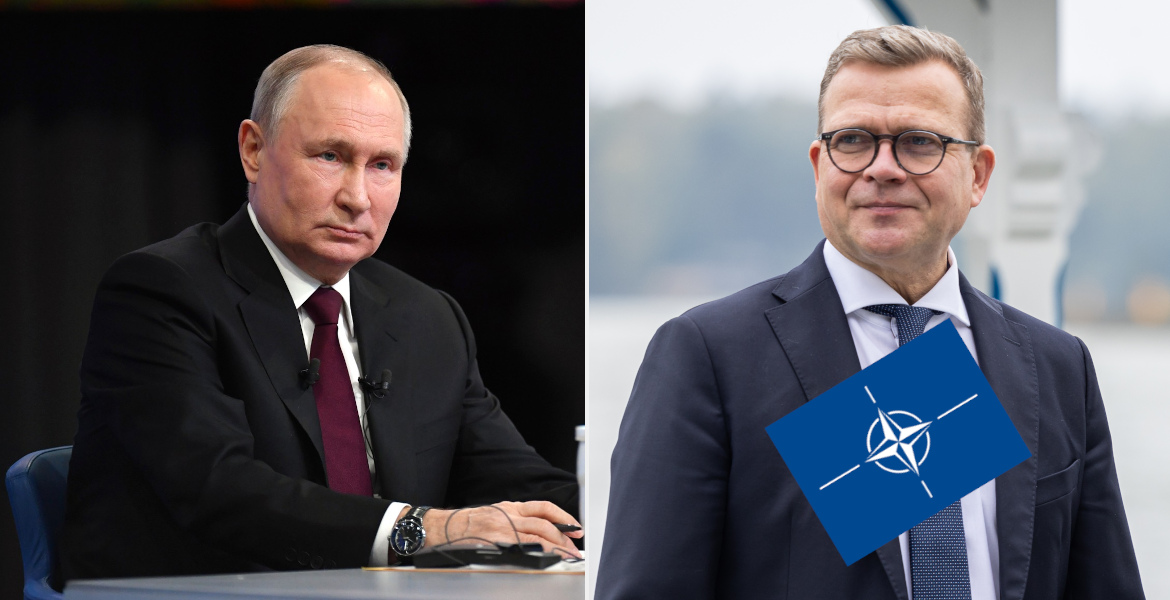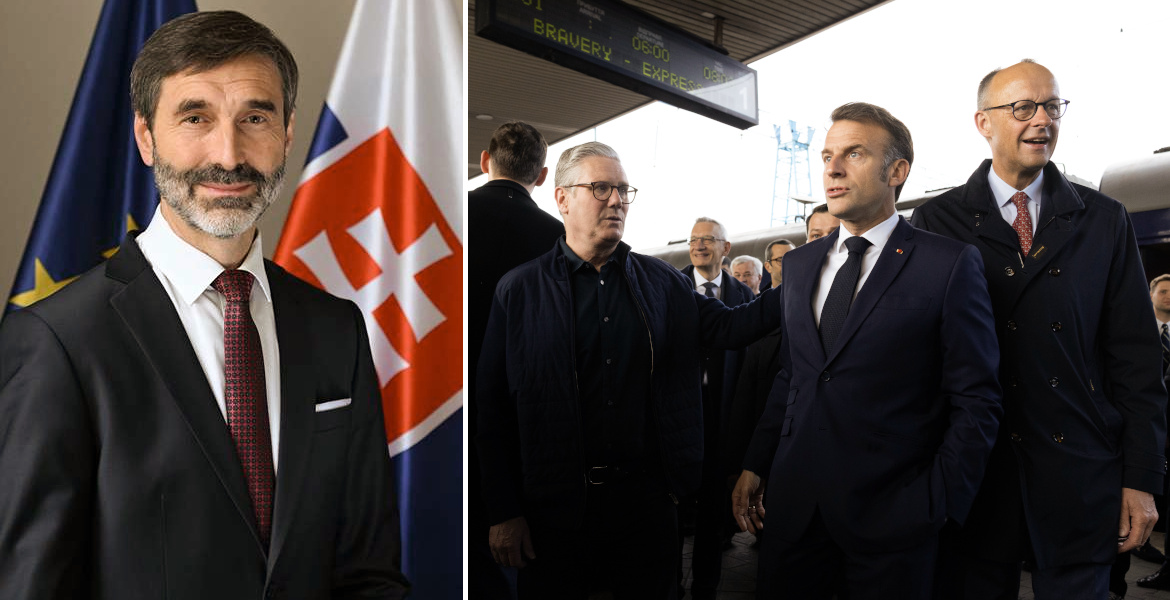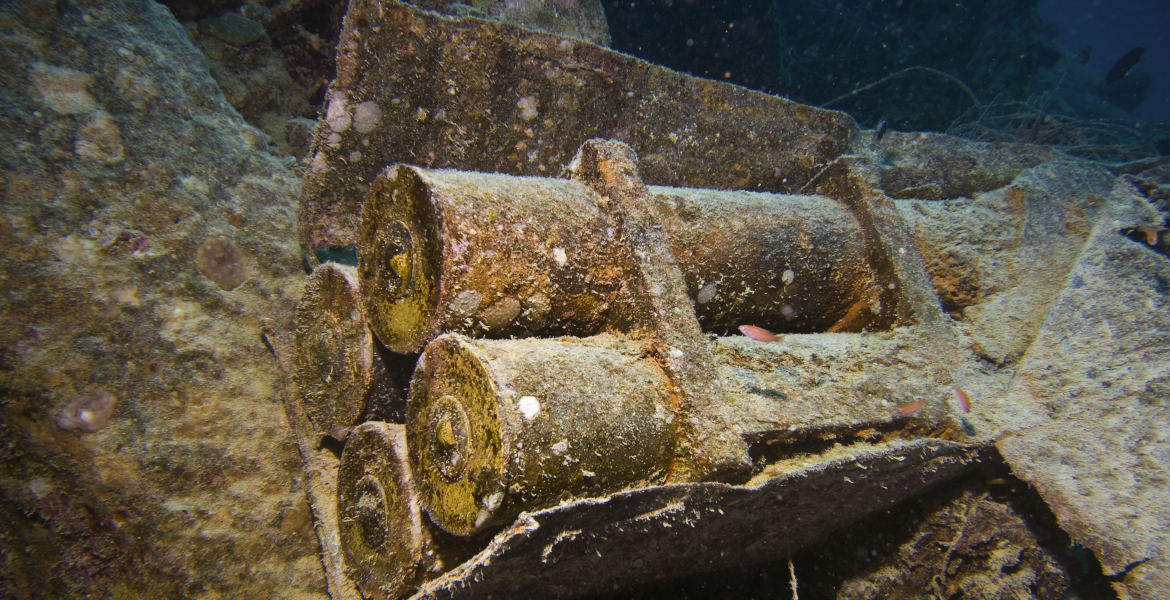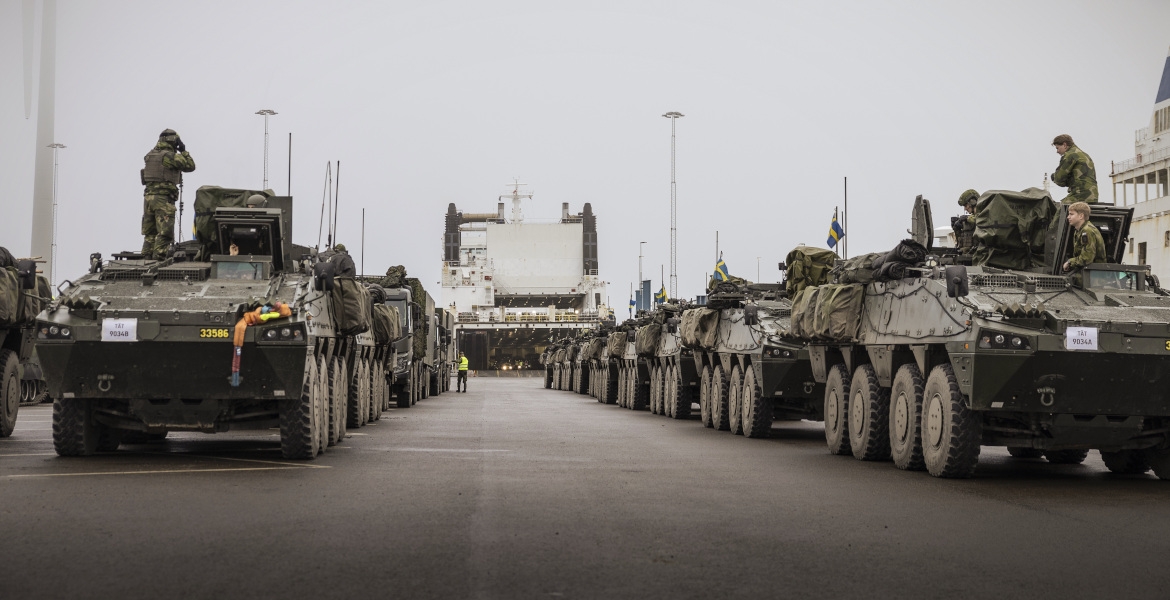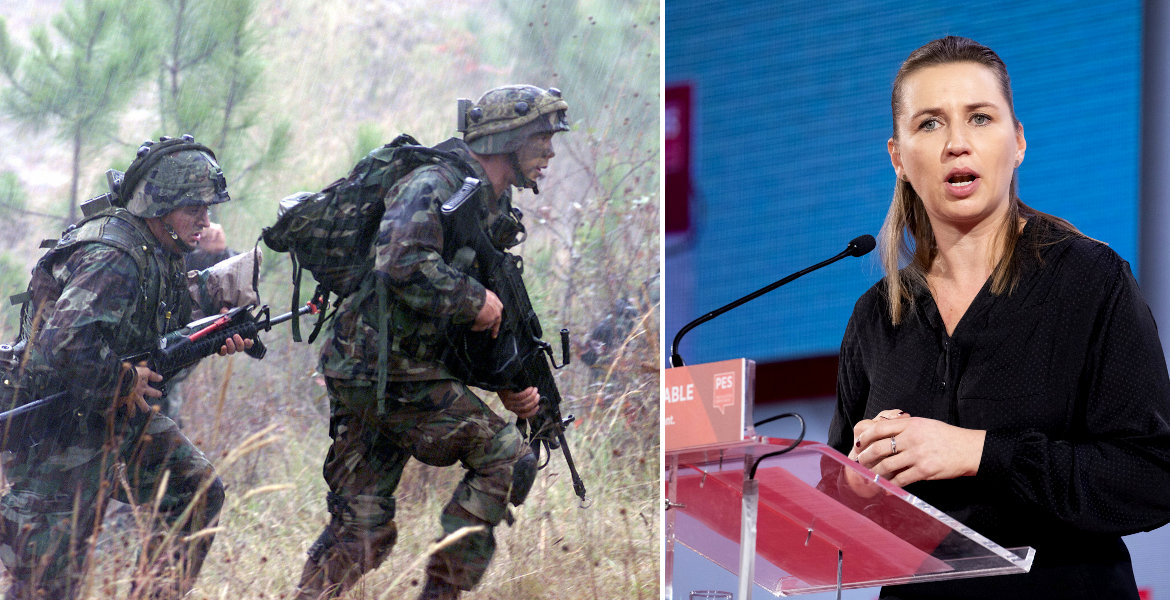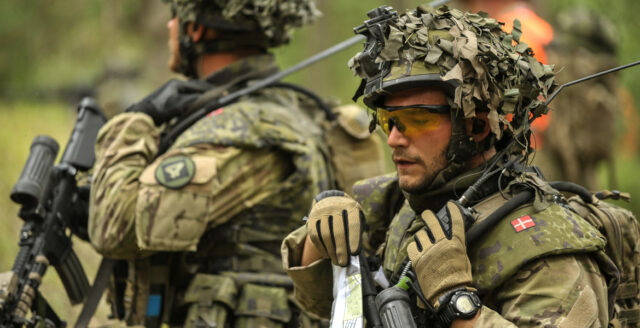Russia will create a new military district to reinforce its positions on the border with Finland after the neighboring country decided to join the US-led NATO military alliance.
– There was no trouble. Now there will be, warns President Vladimir Putin.
According to the Russian president, relations between Finland and Russia have been relatively good in recent decades and there have been no serious “problems” with each other – but now there is a risk of just that.
– They took and dragged Finland into NATO. Did we have any disputes with Finland? All disputes, including those of a territorial nature in the mid-20th century, have long been resolved, Putin said, noting that Russia has no territorial disputes with any NATO country.
In response to NATO’s expansion, a new Russian military district (Leningrad) will be created and stationed in the Leningrad region, with St. Petersburg as its capital.
– There was no trouble. Now there will be. We will now create the Leningrad Military District and concentrate certain military units there. Why do they need this, it’s just nonsense, the president continued.
American troops and weapons
According to Putin, Russian-Finnish relations were “the most cordial” before Finland’s application for NATO membership. The main conflicts they faced revolved around the timber industry – a relationship that, according to the president, has now deteriorated significantly.
Finland announced its decision to join NATO a few months after the conflict between Ukraine and Russia broke out in February 2022. In April this year, it became a full member of the US-led bloc – an accession that Russia has protested and warned against, citing its own territorial security.
Last week, Helsinki announced plans to sign a Defense Cooperation Agreement (DCA) with the US, allowing Washington to station troops and store weapons and ammunition in the country. The Finnish Foreign Ministry said Helsinki would open 15 zones across the country where Washington would have “unimpeded access and use”, according to Russian state broadcaster RT.
